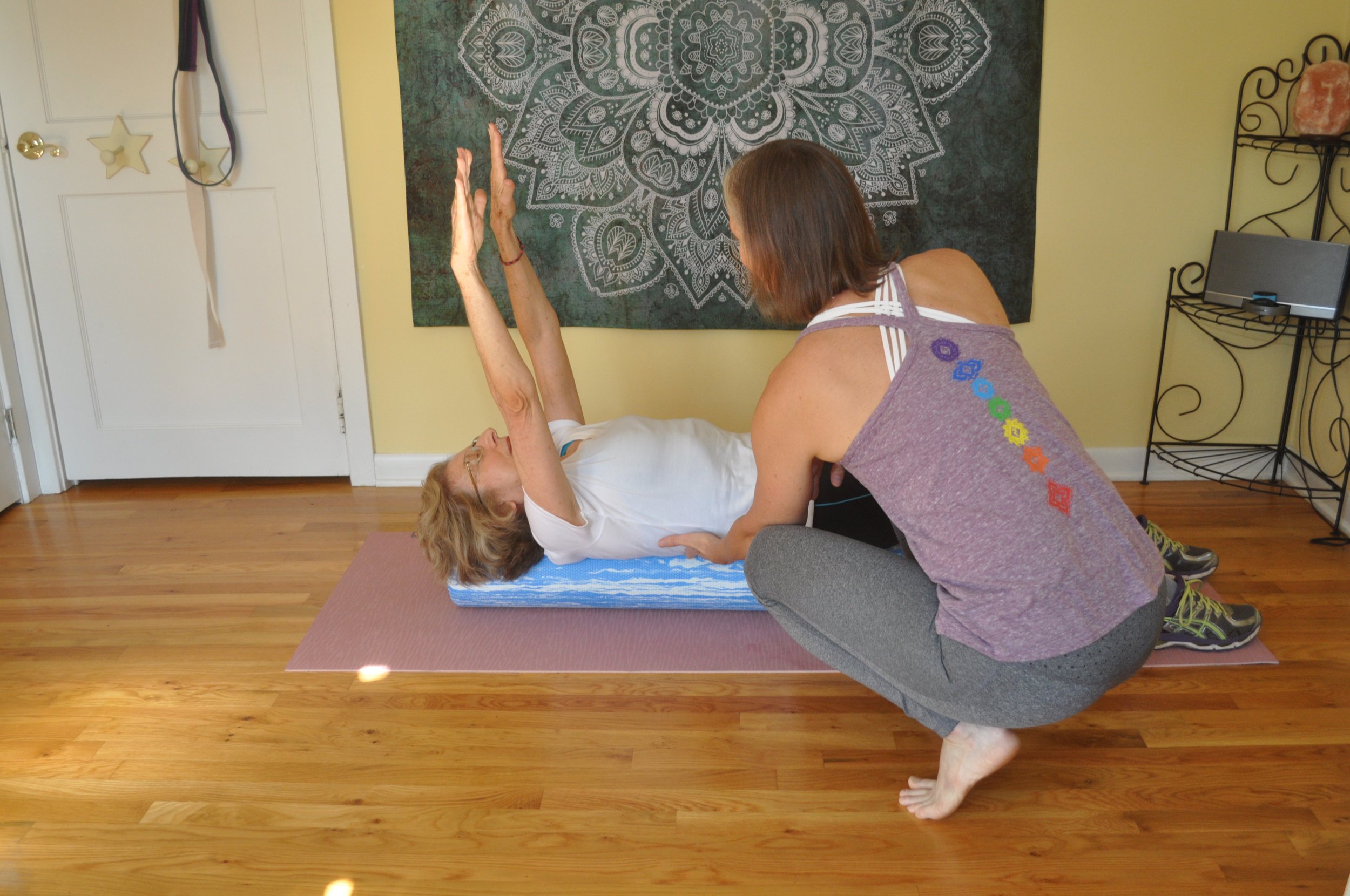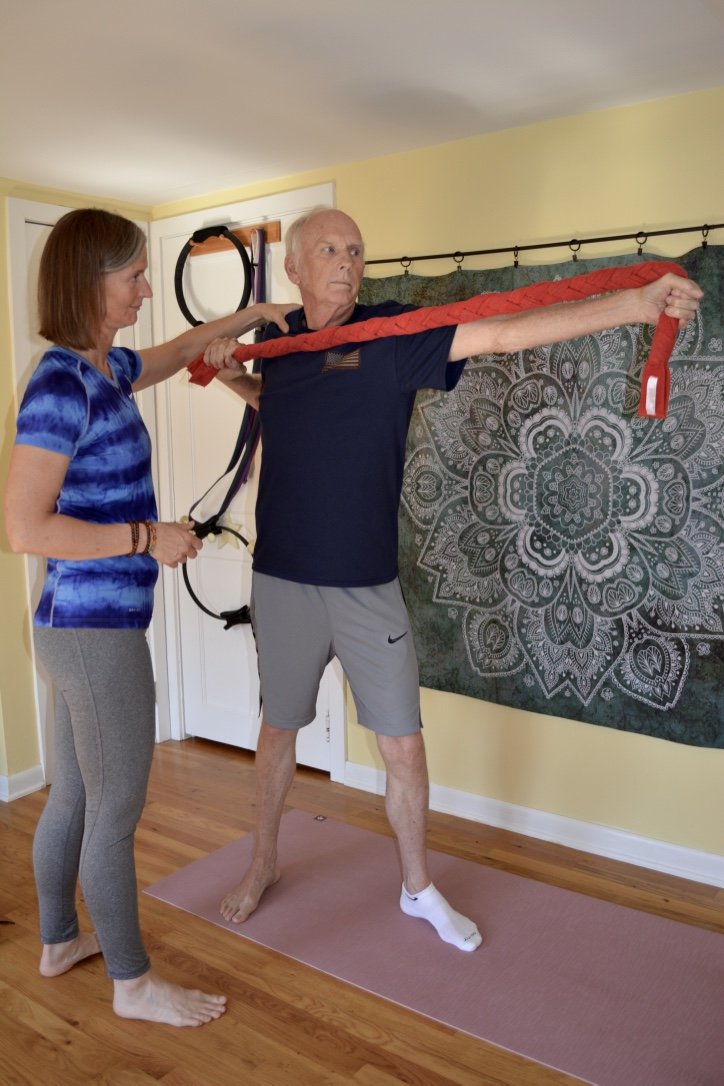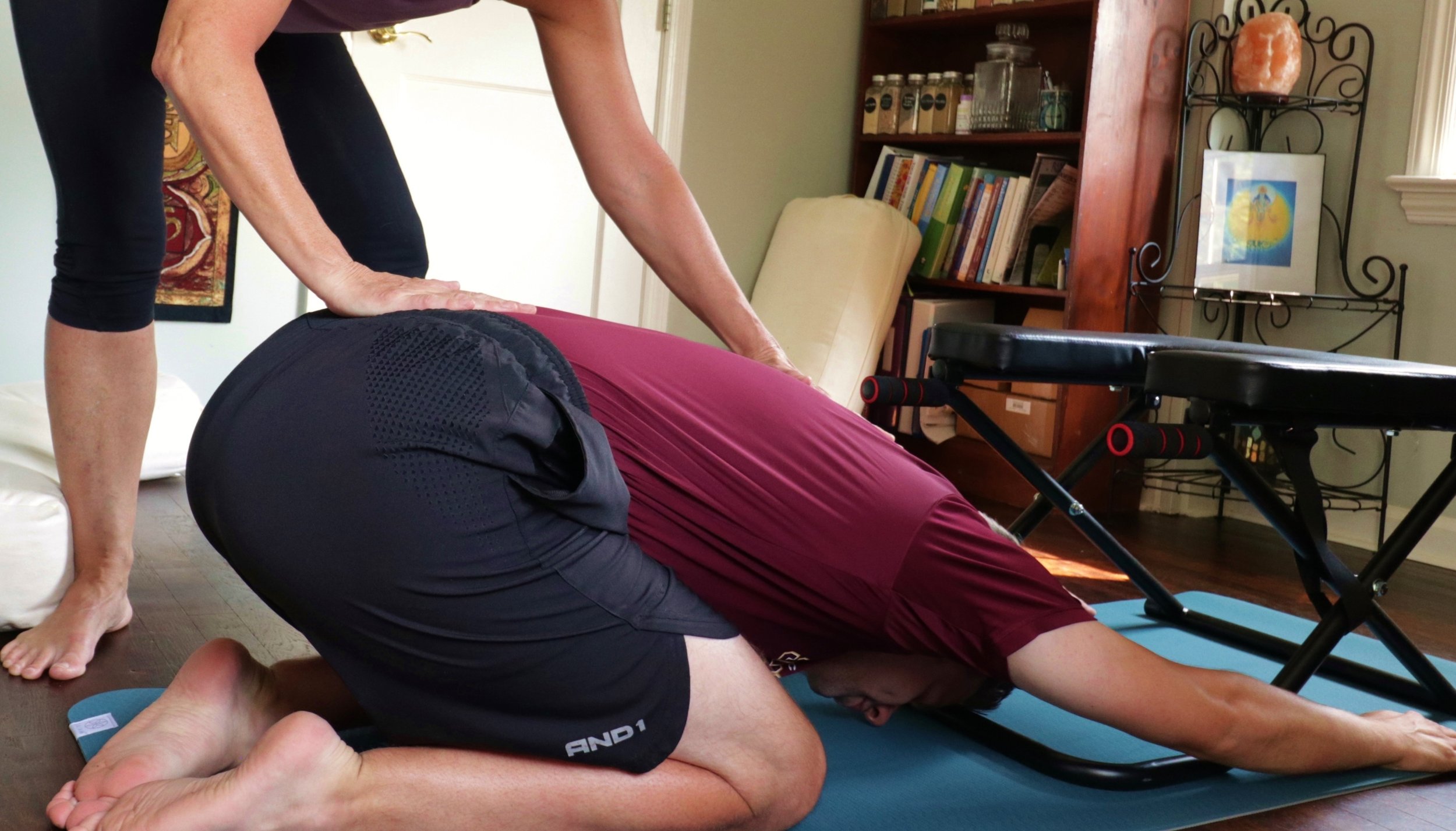Yoga therapy differs from traditional yoga in several key ways, primarily in its focus, goals, and approach to yoga practice. Here are some of the main distinctions:
Purpose and Goals:
Traditional Yoga: Traditional yoga practices, such as Hatha, Ashtanga, Vinyasa, or Kundalini, primarily focus on physical postures (asanas), breathing techniques (pranayama), and meditation for overall physical fitness, mental clarity, and spiritual development. The goals can vary from increased flexibility and strength to spiritual awakening and self-realization.
Yoga Therapy: Yoga therapy is more targeted and personalized. Its primary goal is to address specific physical, mental, or emotional health issues. It is often used as a complementary or alternative therapy to alleviate or manage various health conditions, such as chronic pain, stress, anxiety, depression, and even medical conditions like hypertension, diabetes, or autoimmune disorders.
Practices:
Traditional Yoga: Traditional yoga classes typically follow a general curriculum, and practitioners participate in group sessions led by a yoga instructor. The focus is on promoting overall well-being and spiritual growth through a combination of postures, breathing exercises, and meditation.
Yoga Therapy: Yoga therapy is highly individualized. A yoga therapist assesses the client's specific needs, health conditions, and goals and then designs a tailored practice to address those issues. This may involve using specific postures, breathing techniques, and meditation practices that are best suited to the individual's condition.
Qualified Practitioners:
Traditional Yoga: Traditional yoga classes are led by certified yoga instructors who have undergone teacher training programs and may not necessarily have extensive medical or therapeutic knowledge.
Yoga Therapy: Yoga therapists are trained and certified with IAYT to work with individuals who have specific health concerns. They often have advanced training in anatomy, physiology, psychology, and therapeutic applications of yoga. Some may also have a background in healthcare professions, such as physical therapy, nursing, or psychology.
Medical Integration:
Traditional Yoga: While traditional yoga can have many health benefits, it is generally not intended to be a standalone medical treatment. It can complement conventional healthcare but is not a substitute for medical diagnosis and treatment.
Yoga Therapy: Yoga therapy is can be integrated into healthcare settings or you might prefer to work directly with a Yoga Therapist in private practice.. Yoga therapists may work alongside medical professionals to support patients in managing and improving their health conditions. It can be used as part of a holistic treatment plan.
Evidence-Based Approach:
Traditional Yoga: Traditional yoga practices are based on ancient yogic texts and teachings. While they have been practiced for centuries and have anecdotal evidence of their benefits, they may not always be supported by extensive scientific research.
Yoga Therapy: Yoga therapy aims to be evidence-based. Therapists draw from both traditional yoga knowledge and modern medical and psychological research to develop effective interventions for specific health conditions. This approach emphasizes measurable outcomes and clinical research to validate its effectiveness.
In summary, while traditional yoga is a holistic practice focused on overall well-being and spiritual growth, yoga therapy is a specialized, personalized approach that uses yoga techniques to address specific health issues. It incorporates a more holistic and individualized approach throught the student/teacher paradigm rather than patient/medical professional.
Download the IAYT information flyer above to learn more about Yoga Therapy!
Initial one hour consultation is $80 with first (one hour) follow-up session at no cost. Additional follow-up sessions are $60/hr or option to bundle 3 for $150.







